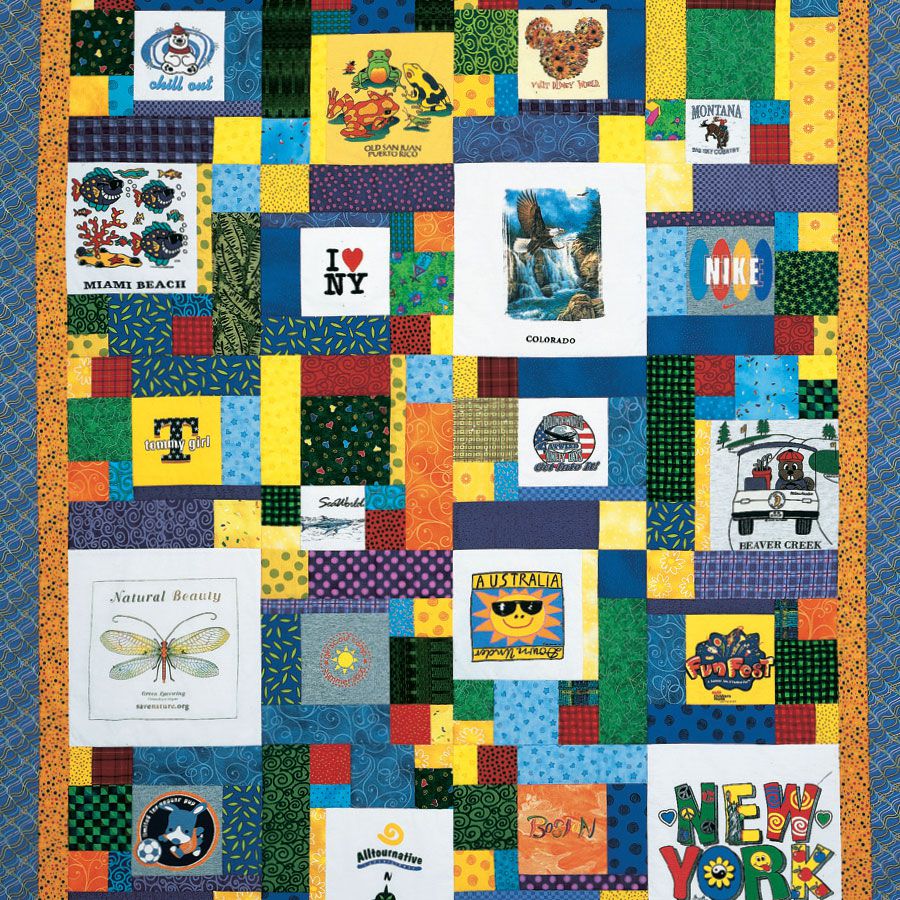
This template is perfect for creating a paper flowers. It's simple to assemble and can make beautiful flowers that can be displayed throughout the year. Follow the steps to create your flower. It is now ready to be displayed in your home. You can display it on your window sill or on your dining room table.
Glue together the last 12 petals between each other
You will need 55 petals for your paper sunflower. You can either fill in the gaps with darker-colored petals or sandwich lighter petals between darker ones. Your sunflower's center will consist of two circles of foam core measuring approximately 6.5 inches each. Hot glue can be used to secure the petals together.
Now that you have your flower's design, you're ready to start gluing the last 12 petals. Make sure you use a high heat hot glue gun. Add flocking at the center of the flower once the glue has dried.

After this is done, cut the rest of the green paper into a rectangle measuring 11cm by 8.cm. It should be rolled as thinly and then glued in place. Next, glue the leaves to the bottom. You can outline the seeds with a black marker. Once the sunflower is complete, you can add a stem to the center.
Next, glue the back pieces. Hot glue or floral tape can be used to attach the back pieces. The flower should be evenly distributed across the back.
Glue into the middle of the flower
Once you've positioned your petals where you want them, you can begin folding the petals. You can use any kind of paper to make this project. For extra color, you can add pom poms or buttons to the center. You can also add glitter before folding the petals. The stem and leaves can also be glittered.
For the paper sunflowers, you will need to print your template onto white card stock. Once printed, tear small pieces of colored paper. Next, glue the colored papers to the template using a glue stick. It's best to do this in small portions at a time so that the glue doesn't dry out. You can also use traditional sunflower colors to make the petals.

Once you've cut out the petals, fold them over and glue them into place. You can glue your petals to the brown flap with a little hot glue if they are too loose. Fold the yellow flap over the brown flap. Keep the petals in place for a few seconds.
Once you have finished the petals, it's time to add the leaves. You can use a circle of brown craft paper to fit in the middle. You can fold the leaves the same as the flower petals. You can now assemble your sunflower once you've finished these steps.
FAQ
How do I start my new hobby?
The first step toward starting any new hobby is to decide what kind of activity you'd like to pursue.
Passion is key once you have chosen your topic.
It is essential to understand the reasons you want to start a hobby. It will provide you with direction and purpose.
Once you decide what kind of hobby you want, you can start planning.
Take a look at the equipment you will need.
You should consider whether or not you will need to take classes or attend seminars.
You must ensure you have enough room for your hobby.
You might also consider joining a club. These groups offer support and advice.
Consider how much money you would have to spend on your hobby.
What are collection hobbies?
Books, movies, music and comics are the most popular collections.
You can also find stamps, coins, cars and dolls as well model kits and figurines.
I think you get it.
What are your educational hobbies and interests?
An educational hobby can be defined as an activity in which you learn something through doing it. You could choose to learn how to play an instrument or play sports.
You should have fun with it. It doesn't have to be done all the time. However, if you get bored of it, you should think about other things you can do instead.
You also want to ensure you're not spending too much on these activities because they can end up costing you more than they're worth.
Statistics
- In comparison, men in the “no humor” condition were refused 84.6% of the time and were only accepted 15.4% of the time. (time.com)
- This 100% accurate personality-analyzing hobby quiz discovers your passion based on your characteristics. (quizexpo.com)
- Studies show that just six minutes of reading can reduce stress levels by 60 percent. (oberlo.com)
- I am 100% biologically a woman (discover.hubpages.com)
- A new survey by Pew Research Center of teens ages 13 to 17 finds that 36% of girls feel tense or nervous about their day every day; 23% of boys say the same. (pewresearch.org)
External Links
How To
How to get started gardening
Gardening is one of the oldest forms of agriculture. It requires persistence, patience, and determination. It is important to choose the right location for your garden. It could be large land, or just your backyard. Next, pick the type of plants that you would like. Do you prefer vegetables, or flowers? Some people love to grow herbs, while others enjoy raising animals like rabbits. You should consider how much space you have available before deciding what types of crops you plan to plant. If your climate is cold, you may decide to plant berries and fruits.
Once you have selected the plants you wish to plant, you should prepare your soil. It is vital that your soil is prepared properly to determine whether or not your plants will thrive. The soil should be rich in organic matter to provide nutrients for your plants' roots. Organic matter includes organic matter such as leaves, twigs or grass clippings. Once you have prepared your soil, you need to add nutrients. You will need different amounts of nutrients depending on which type of plants are being grown. Online fertilizer calculators can be used to determine these values. There are many fertilizers on the market, so ensure you understand what you are buying.
After preparing your soil and adding the proper nutrients, you now need to wait until your seeds germinate. The process typically takes 2 to 3 weeks depending on the weather conditions and temperature in your area. Once your seeds are sprouted, you must water them regularly. Problems can arise if you water your plants too frequently or too little. You should ensure that your plants get enough water at regular intervals. Avoid overwatering. Overwatering can cause root rot or fungal diseases. Consider that plants generally need less water in the warmer months than they do in winter. Remember that some plants require drying out after being watered. Tomatoes, for example, need to be kept moist but not too wet. They don't like to sit in soggy soil. After the plants have finished flowering they must go dormant. Dormancy is when plants stop producing new growth and begin storing energy for the next season's harvest. During dormancy, the plant stops sending signals to its roots telling them to produce food. Plants continue to store energy throughout this period. Plants will soon die if they are exposed to too much or too cold temperatures.
You may be limited in what plants you can grow if you live in an urban area. Concrete sidewalks, roads and buildings are common in urban areas. They block sunlight from reaching the ground. Concrete absorbs light which blocks sunlight from reaching the ground below. Many plants can't survive in urban environments due to lack of sunlight. There are still plants that thrive in urban environments. Many trees, shrubs and perennials can thrive in urban environments. Many annuals are also possible to grow indoors in containers. You can have fresh greenery all year round with container gardens.
You are now ready to plant your garden!